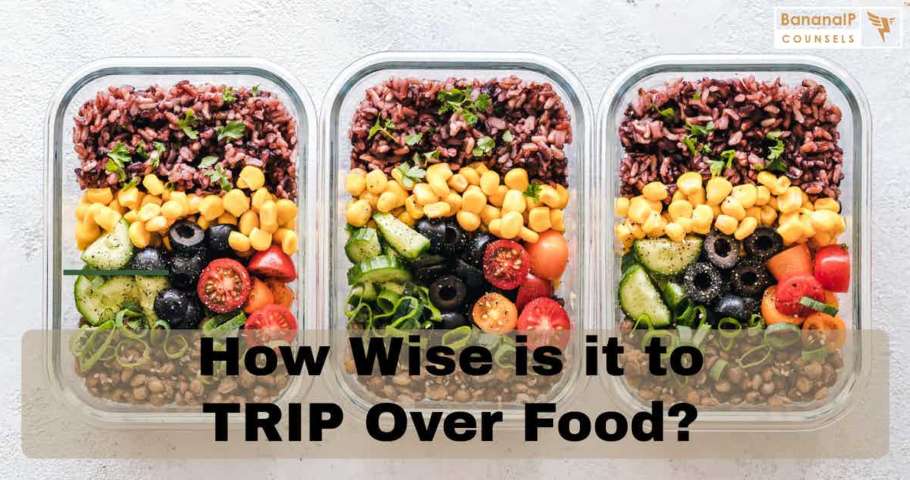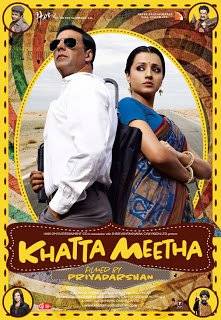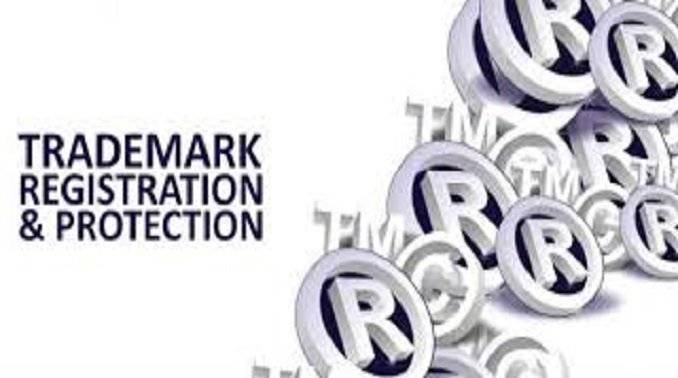This post was first published on 23rd June, 2014.
Intellectual Property (IP) has been continuously evolving. It is now not restricted to just categories like Patents, Trademark, Designs and Copyrights. Judicial activism has widened the scope of IP to cater to new forms of protection, one such addition is "Personality Rights".
Personality Rights are made up of two kinds of rights: the Right to publicity and the Right to privacy. The Right to publicity which is usually attributed to celebrities or famous people is of great…










